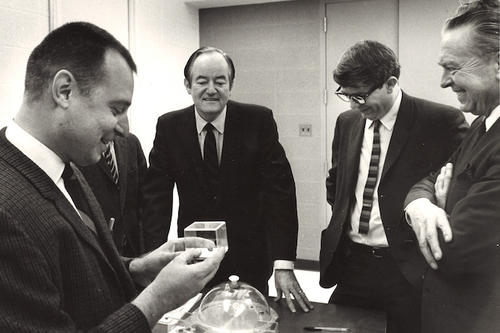
Robert “Bob” Pepin will never forget what it felt like to study the first rocks ever brought back from the moon.
“They look like things you might just pick up on the sidewalk,” he recalls. “But they were genuine lunar samples, and lunar samples are kind of a big deal.”
The former University of Minnesota physics professor is now retired. But in 1969, Pepin was one of the first scientists in the world to study samples from the Earth's lunar satellite, along with fellow College of Science and Engineering (CSE) professor and geochemist V. Rama Murthy.
In doing so, both researchers learned a great deal about the chemical composition of the sun, and eventually the origins of the moon.
Pepin also lent a hand with everything from astronaut training to NASA’s Sample Allocation Committee—the folks who decided who got to study pieces of the moon.
- Categories:
- Science and Technology





